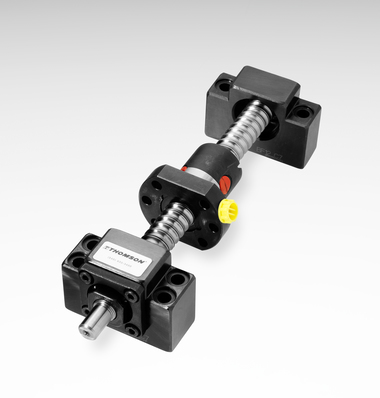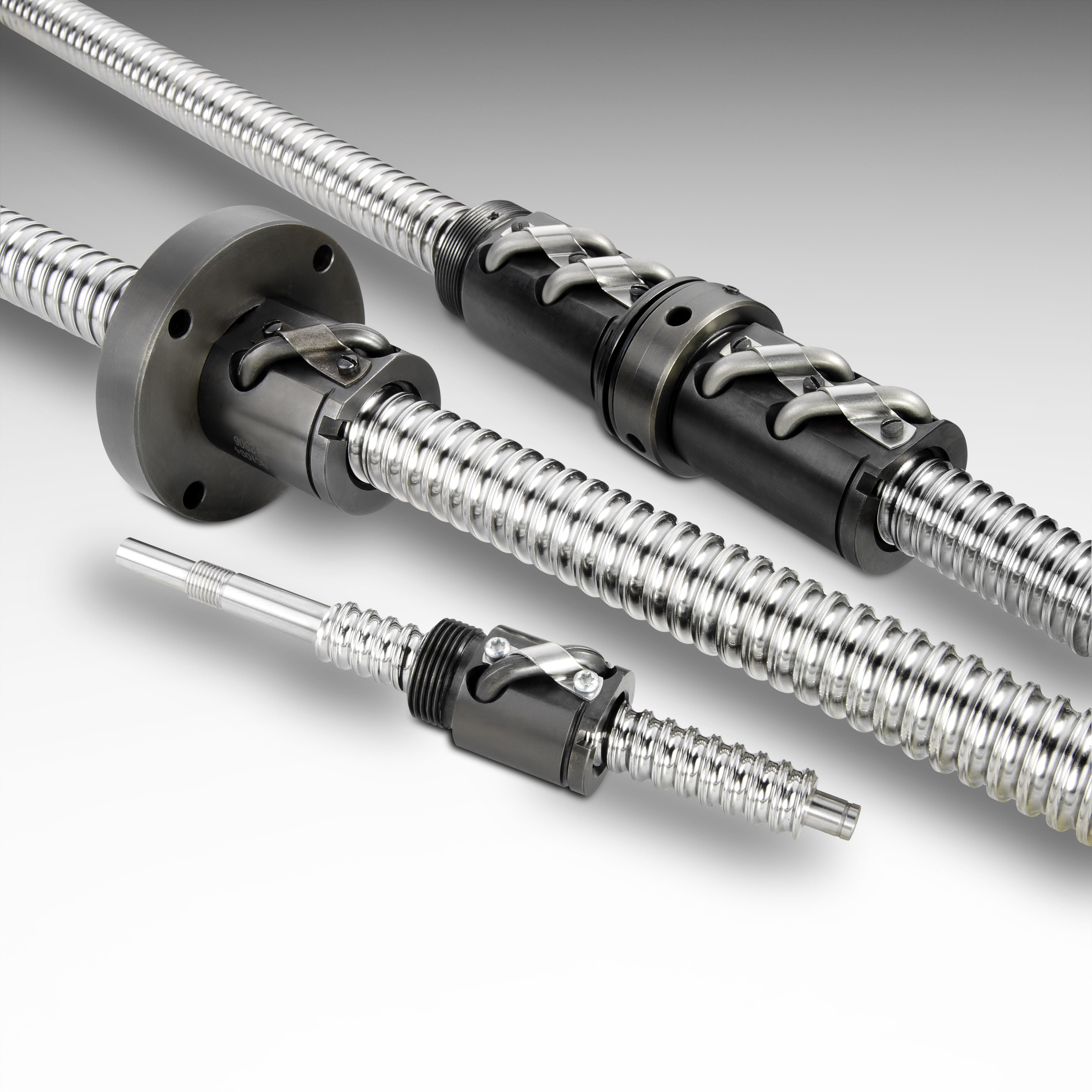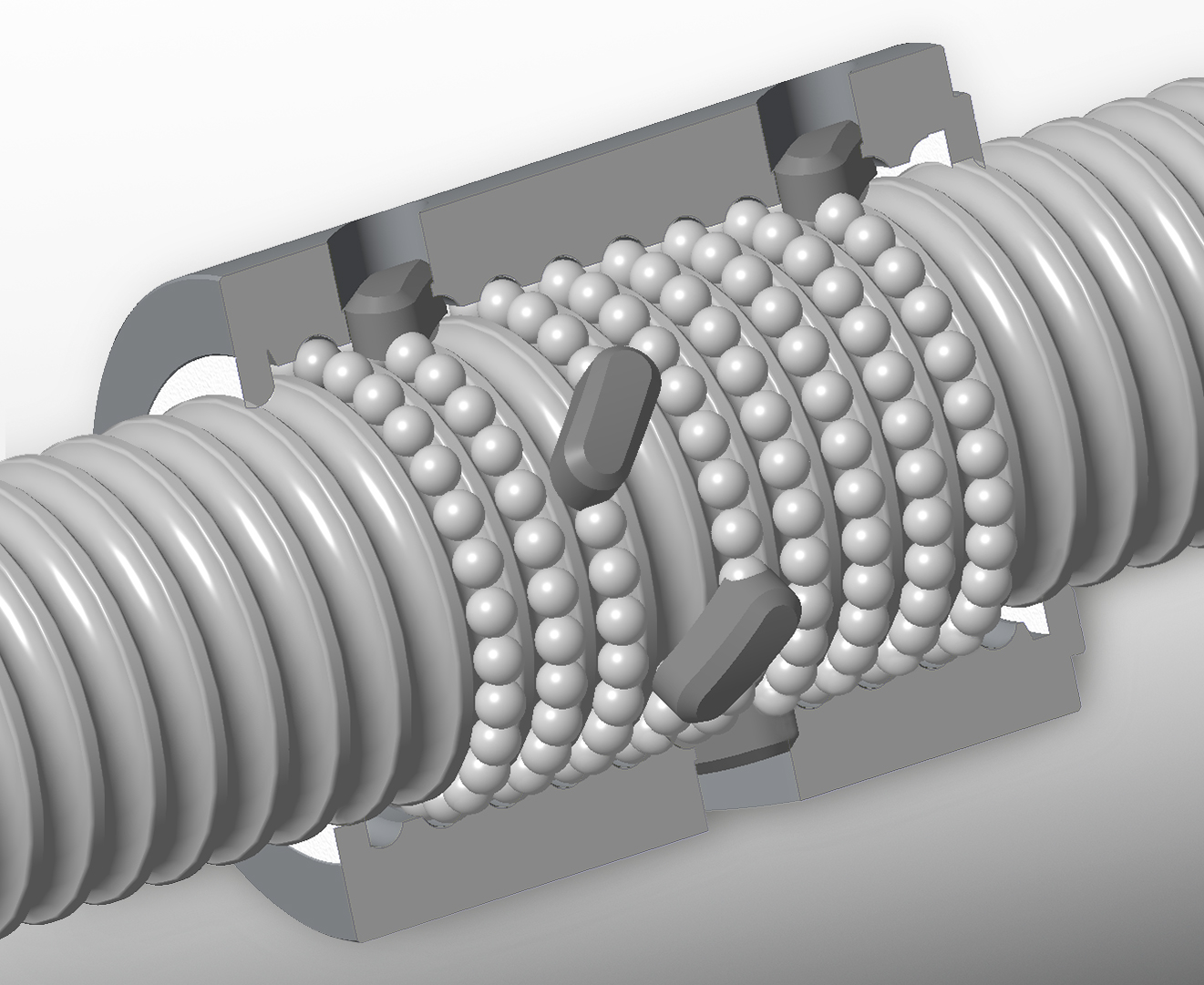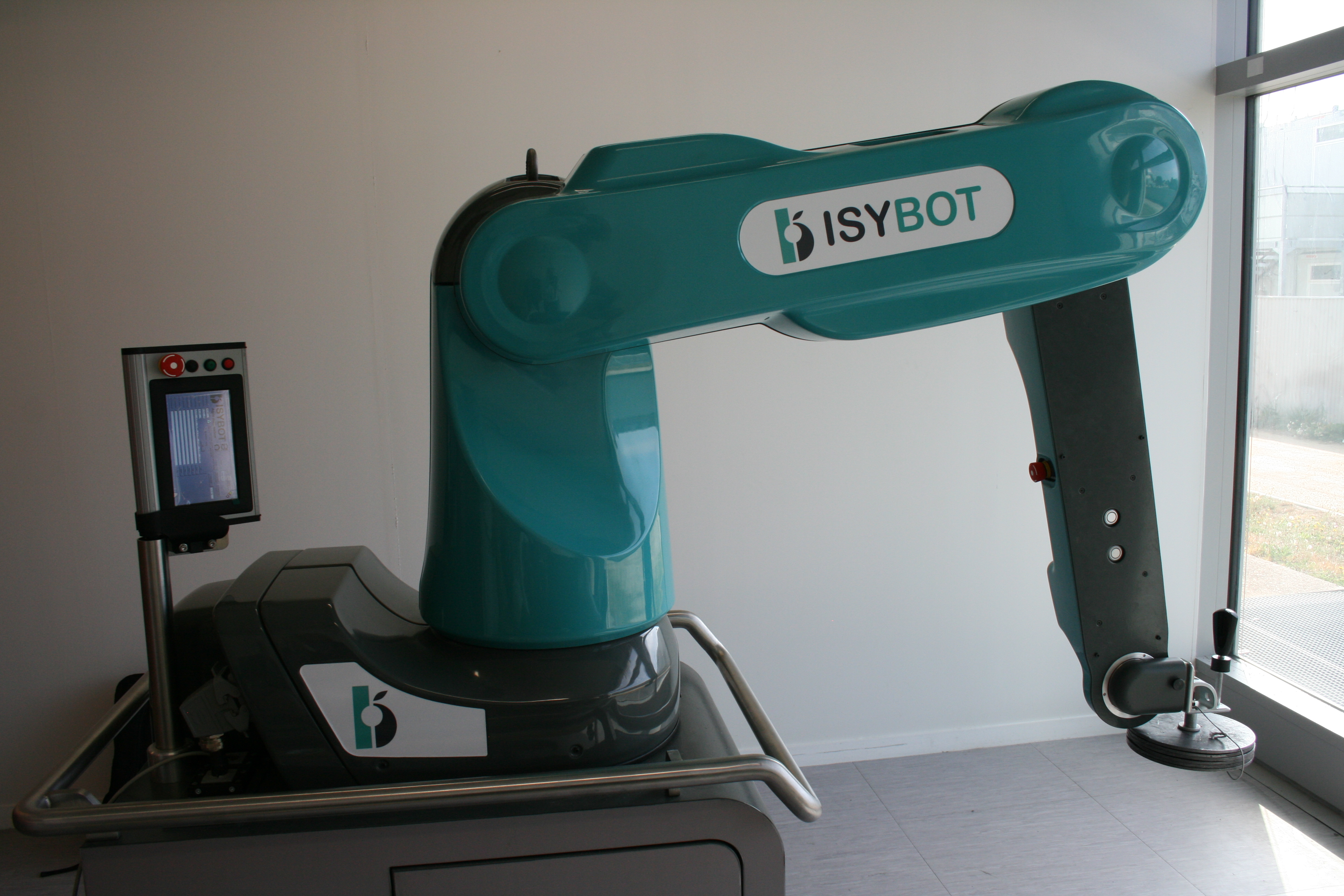Choose Your Login Account
Thomson currently has two account systems - one for the website and CAD model downloads, and one for e-commerce. We understand that two logins is an inconvenience and are working to consolidate our systems into one login process. Until we’re able to consolidate the two logins, please follow these guidelines:
- Download CAD models
- Save and retrieve projects in LinearMotioneering® and MicronMotioneering® tools
- Access Distributor Extranet and all related resources
- Order directly from Thomson online (North America only)
- Authorized Thomson Distributors can view and order from quotes online (Global)
- View the shopping cart and look up prior direct orders
Customer Service Chat (ONLINE) Customer Service Chat (OFFLINE)
Overview
Why Choose Ball Screw Assemblies?
Ball screw assemblies provide an excellent method for translating rotational motion to linear motion for many applications, including those where high loads and close tolerances are required. To apply the correct type of ball screw and nut assembly in a particular application, the design engineer must consider the advantages and capabilities of each. Selecting the right technology can reduce design complexity, improve performance and reduce the overall cost of the assembly.
This image compares the three types of ball return systems (from left to right): internal, button and external.

Mounting Options
Ball screws are mounted in either supported or fixed configurations. A supported end holds the ball screw at one focal point and does not resist bending moments. A supported end is generally easier to align and install than a fixed one, so installation costs are typically lower. A fixed end resists bending moment loads because it is typically based on two bearings spaced sufficiently so the ball screw remains perpendicular to the planes of the rotary bearings. The fixed offers greater column strength and higher critical speed. The image below illustrates four fixity options.
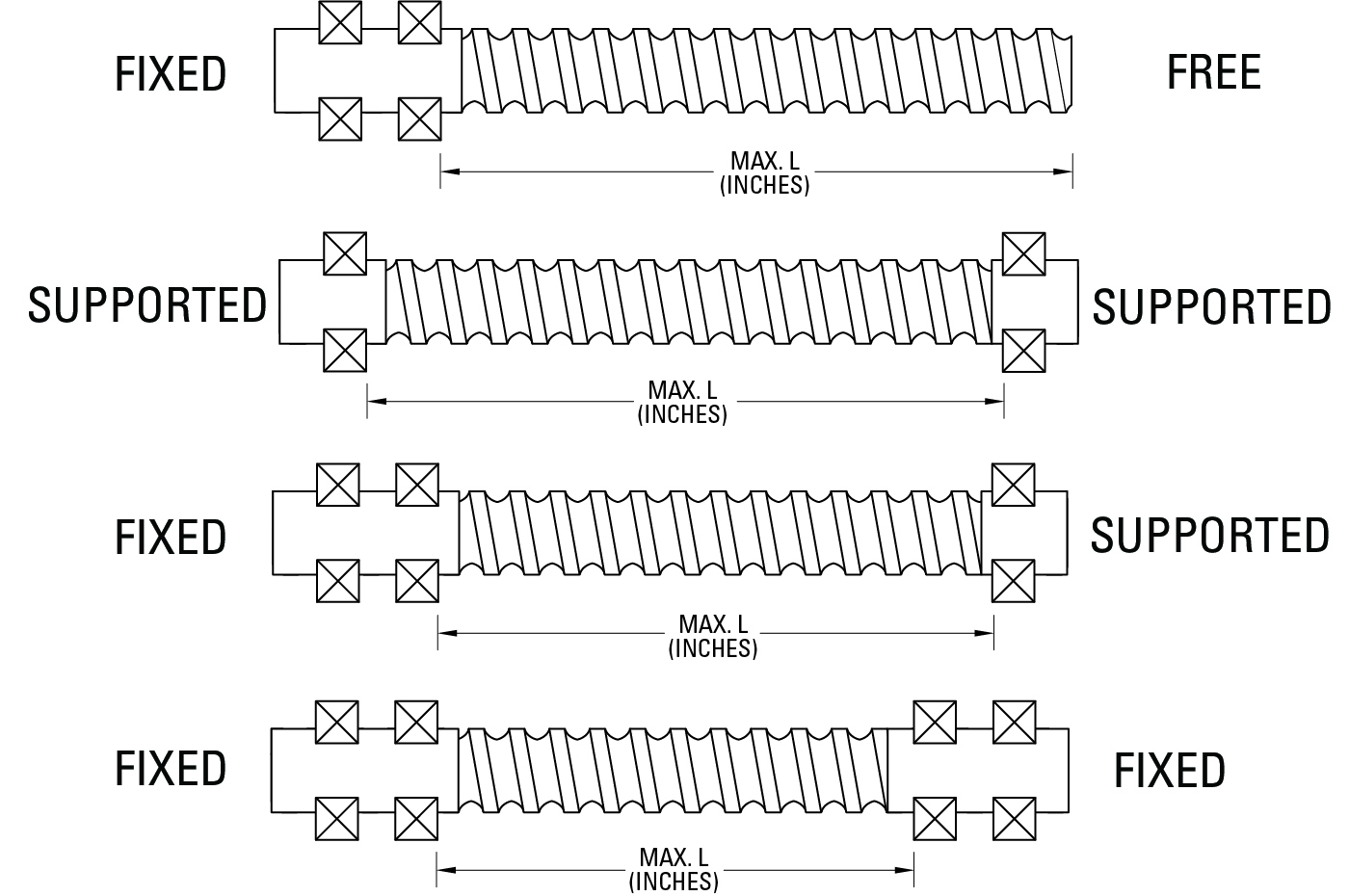
The assembly can be fixed at both ends, fixed at only one end and supported on the other, supported at both ends, or fixed at one end and free at the other.
The Thomson Advantage
Ball screw assemblies are not all alike. Whether it be metric ball screws, inch ball screws or miniature ball screws, key differences affect their performance and extend their lives. These include:
- Design. Through extensive research and evaluations, Thomson engineers have been able to develop a comprehensive ball screw offering that delivers optimal solutions for countless applications. Available in a full range of diameters, leads and ball nut configurations, in either pre-loaded or non-pre-loaded types, and all in industry standard envelopes, our ball screws provide dependable accuracy and repeatability at an economical price.
- Quality. With a vast background in countless applications, Thomson is uniquely positioned to provide the highest levels of quality across our full line of ball screw assemblies. Our fully equipped engineering laboratory performs qualification testing for mechanical performance, environmental effects and structural integrity. Your rotating ball screw nut assembly is inspected every step of the way to ensure top quality and performance.
- Materials. The materials used to manufacture ball screw assemblies are critical to their performance. Our in-house metallurgists control and verify that the materials used are of the highest quality. They can also select and recommend materials best suited to your particular application.
- Manufacturing. Thomson maintains the most modern and complete ball screw manufacturing facilities in the industry. In-house manufacturing capabilities include our proprietary heat treating and plating processes. Expert manufacturing using the most modern equipment available provides ball screw assemblies that set the standards for performance, precision and travel life.
- Application Support. Working with Thomson is like having your own staff of ball screw design engineers able to address application concerns and recommend solutions. Thomson field sales and applications engineering personnel have more ball screw expertise than any other group in the industry. They are skilled at evaluating your requirements and designing assemblies that fit your needs.
What Can Thomson Ball Screws Do For You?
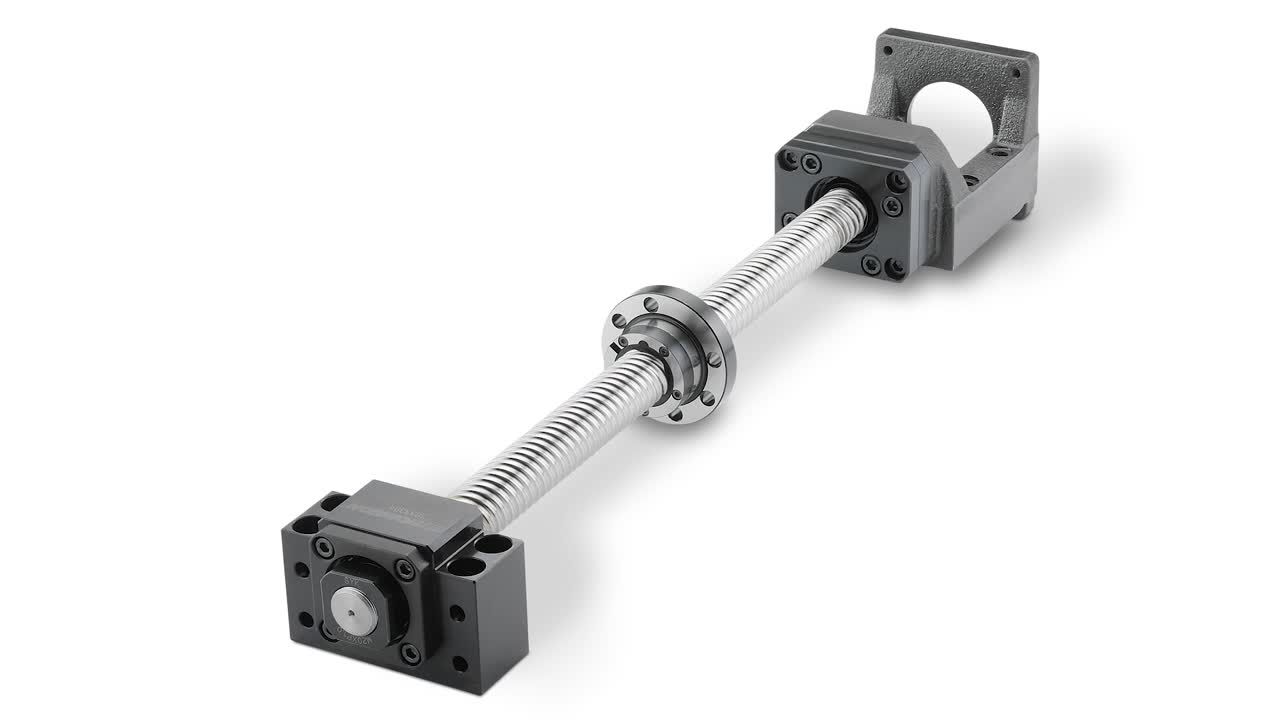
VIDEO: Ball Screws: Design and Installation
This video provides an overview of the anatomy and installation of ball screws. It covers the function of ball screws in application design as well as the components of a ball screw assembly and of a ball nut. Also included is a demonstration of the installation of a ball nut onto a screw and the ball bearing insertion process in the event that some bearings fall out during installation.
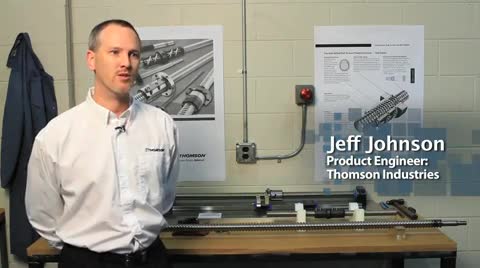
VIDEO: Maximize Load Capacity, Lifecycle and Compactness of Your Linear Motion Designs
Any new application requires careful analysis of product performance, life and cost. Especially those that take on larger loads. Learn why you should be considering a high-load ball screw over standard ball screws for your next linear motion application.
Presenter: Markus Brändle, Product Line Specialist – Screws, Screw Jacks and LB&G Thomson Neff Industries, Germany
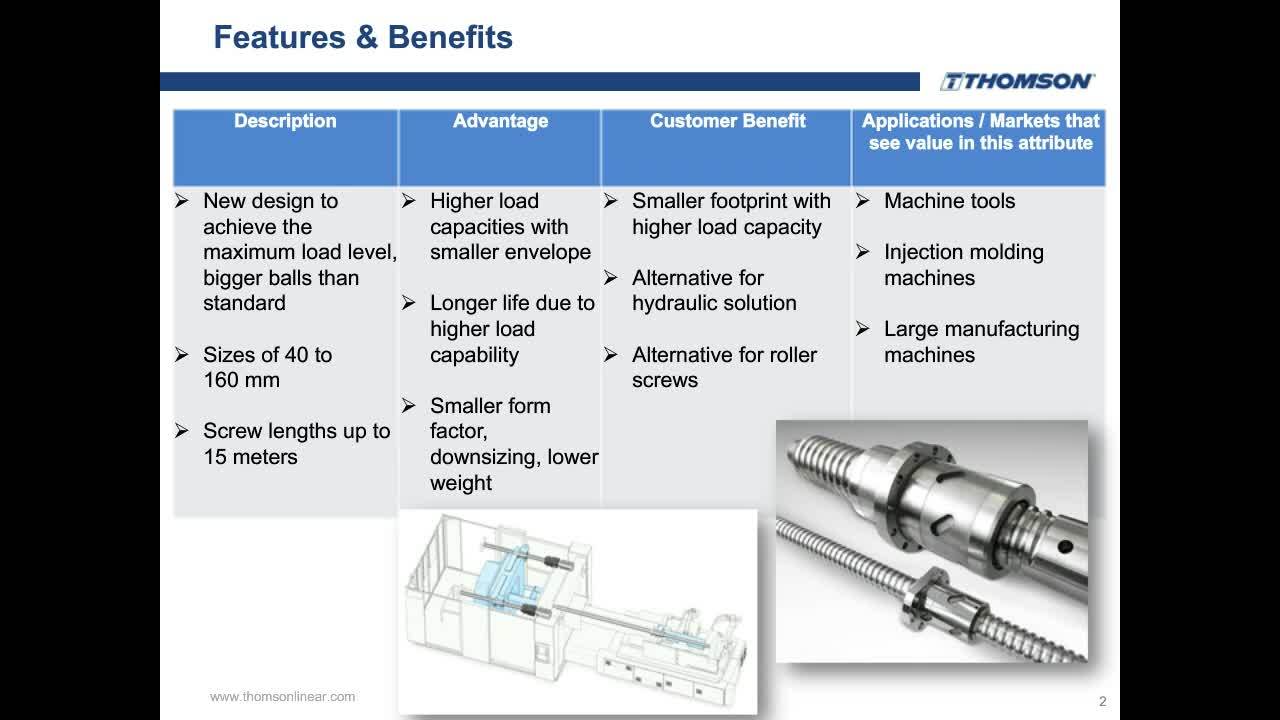
VIDEO: Tech Tips: How to Load Ball Bearings into a Metric Series Ball Nut
How to reload the bearings into a button return ball nut. Often Metric ball nuts are button return ball nuts. But this technique can also be used on tube return ball nuts.
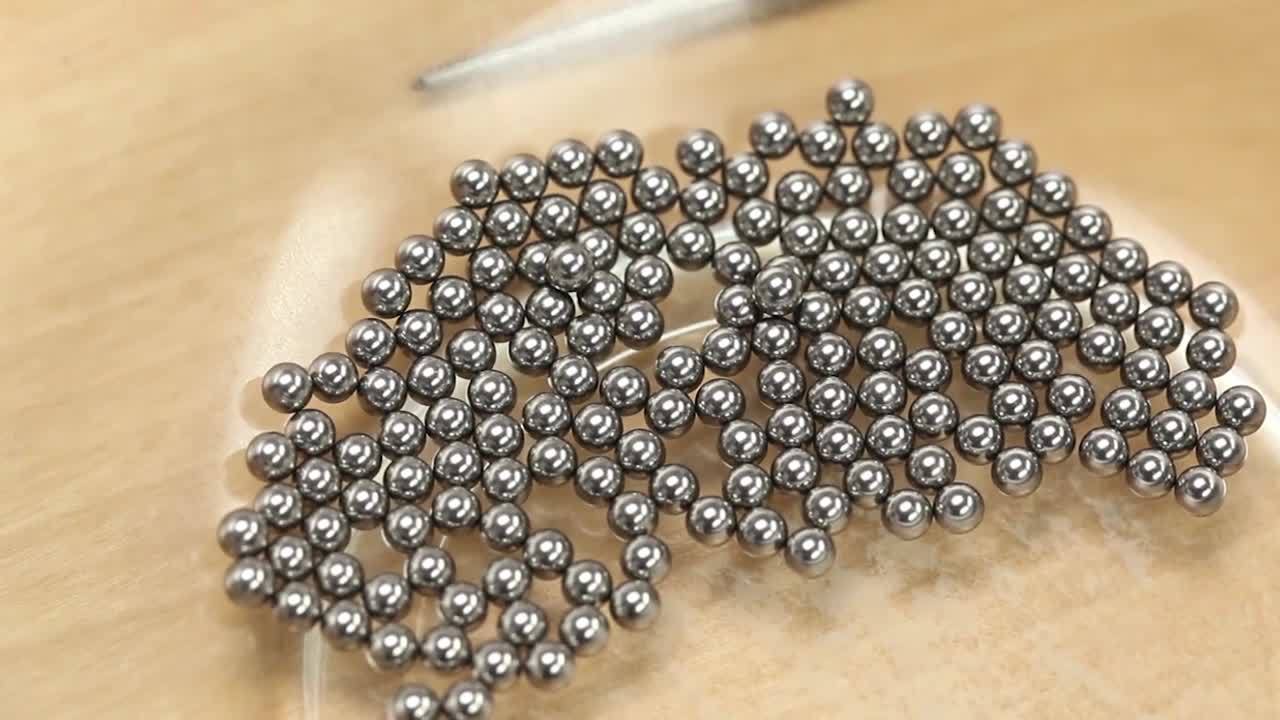
VIDEO: Considerations and Calculations for Choosing the Right Ball Screw for Your Application
From all the thousands of possible choices, how can you quickly and confidently size and select the optimal ball screw solution for your linear motion application?
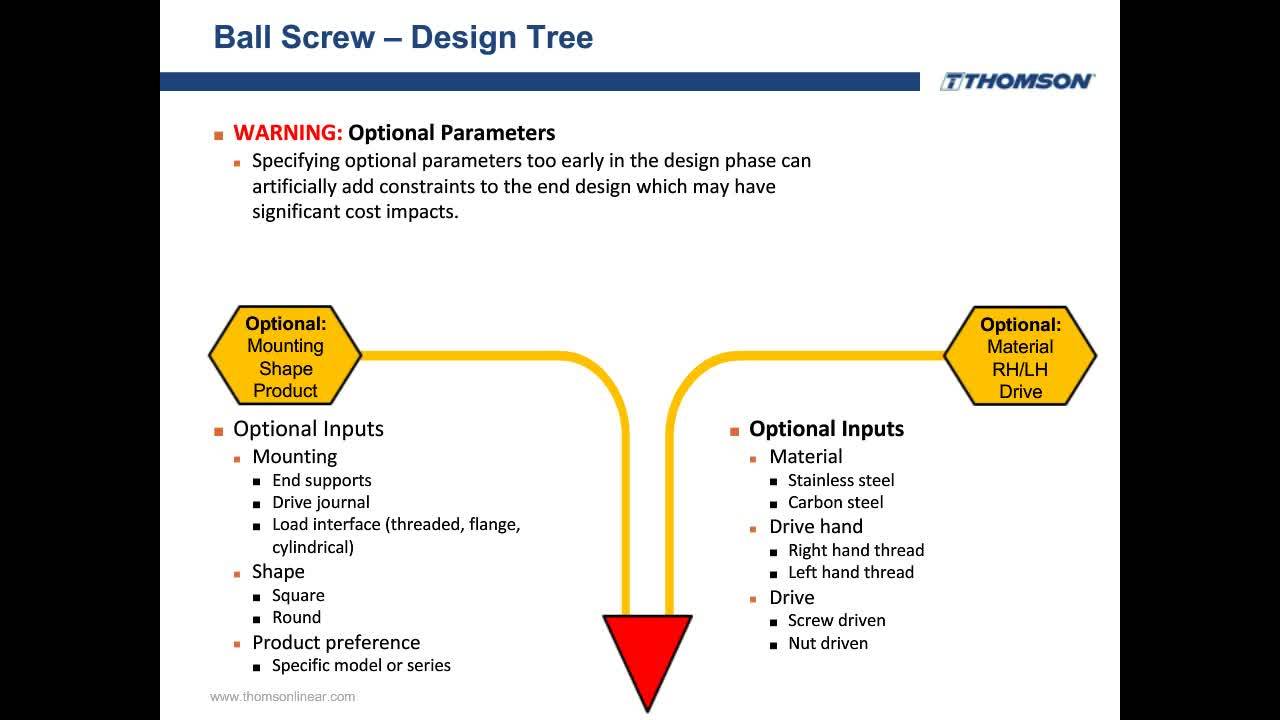
VIDEO: Tech Tips: How to Transfer a Ball Nut to a Ball Screw
How to install a ball nut onto a screw from an arbor.
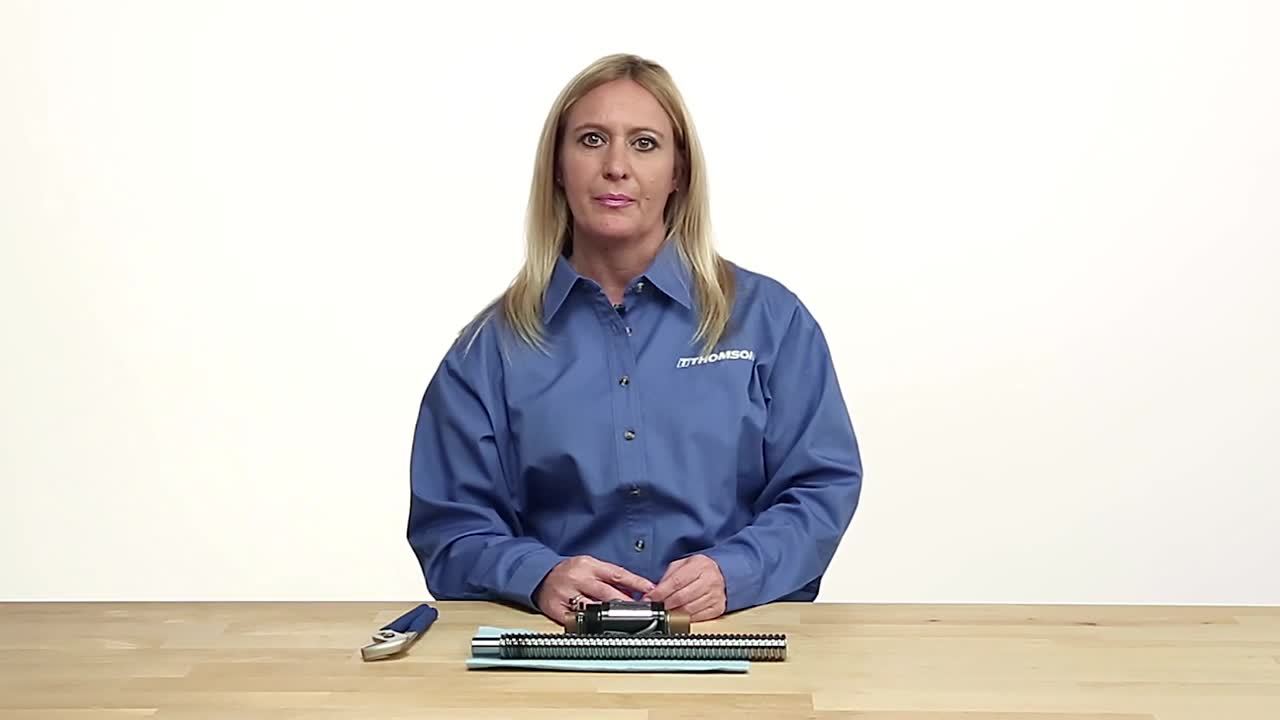
Technical Articles
-
Inch vs. Metric Ball Screws: Are You Asking the Right Questions?
Because ball screws are available in both inch and metric dimensions, designers sometimes begin the specification process by selecting a product family based on the unit of measure. This decision may prematurely exclude the ideal product for the application and lead to significant losses in time, labor and expense. This article explains how sizing and selection questions centered on performance – instead of product monikers – can lead to more efficient linear motion designs.
Learn More -
High Load Ball Screws - The Motion Control Solution with Higher Load Density
Roller screws have been promoted as the only technology of choice for handling large loads when size is a constraint. But in actuality, advances in ball screw technology have now enabled the capability to support high-load applications as well. This is important because a high-load ball screw is typically less than half the cost of a comparable roller screw at equivalent performance points.
Learn More -
Ball Screws – An Answer to Safe and Efficient Motion for Cobots
Used in large-scale production applications that involve continuous lifting operations but still require a human touch, collaboration robots (cobots) are gaining popularity. A French cobot maker has developed a solution that uses ball screw and cable actuators instead of gears, setting a new benchmark for cobot efficiency and safety.
Learn More
Brochures
| Flanged Metric Precision Rolled Ball Screws (16 - 50 mm) | 756 KB | |
| Ball Screw Refurbishment Service in Europe | 693 KB | |
| Ball Screw Refurbishment Service in Europe | 694 KB | |
| High-Load Ball Screws | 395 KB | |
| High-Load Ball Screws | 370 KB | |
| High-Load Ball Screws | 391 KB | |
| Metric Precision Ball Screws (Made in Germany) | 1053 KB | |
| Metric Precision Ball Screws (Made in Germany) | 1062 KB | |
| Miniature Metric Ball Screws | 625 KB | |
| Miniature Metric Ball Screws | 655 KB | |
| Miniature Metric Ball Screws | 668 KB | |
| Miniature Components and Systems | 6871 KB | |
| Miniature Components and Systems | 6862 KB | |
| Miniature Components and Systems | 1603 KB | |
| SFM Safety Nut | 446 KB | |
| SFM Safety Nut | 441 KB |
Catalogs
Manuals
Technical Articles
Press Releases
| Thomson High-Load Ball Scews Provide Maximum Load Capacity and Longer Life in a Compact Envelope | 2019-02-04 |
Certifications
| Ball Screw Assemblies | |||
| Ball Screw Assemblies - Inch |  |
— | — |
| Ball Screw Assemblies - Metric (North America) |  |
— | — |
| Ball Screw Assemblies - Metric (Europe) |  |
— | — |
| Ball Nuts | |||
| Flanged Ball Nuts - Inch |  |
— | — |
| Flanged Ball Nuts - Metric |  |
— | — |
| Threaded Ball Nuts - Inch |  |
— | — |
| Threaded Ball Nuts - Metric |  |
— | — |
| Cylindrical Ball Nuts - Metric |  |
— | — |
| End Supports | |||
| Ball Screws End Supports - Inch |  |
— | — |
| Ball Screw End Supports - Metric |  |
— | — |
| Screws | |||
| Precision Rolled Ball Screws - Inch |  |
— | — |
| Precision Rolled Ball Screws - Metric |  |
— | — |
| Accessories | |||
| Ball Screw Flanges |  |
— | — |
| Ball Screw Wipers |  |
— | — |
To provide better service to you on our websites, we and our service providers use cookies to collect your personal data when you browse. For information about our use of cookies and how to decline them or turn them off please read our cookie policy [available here].

